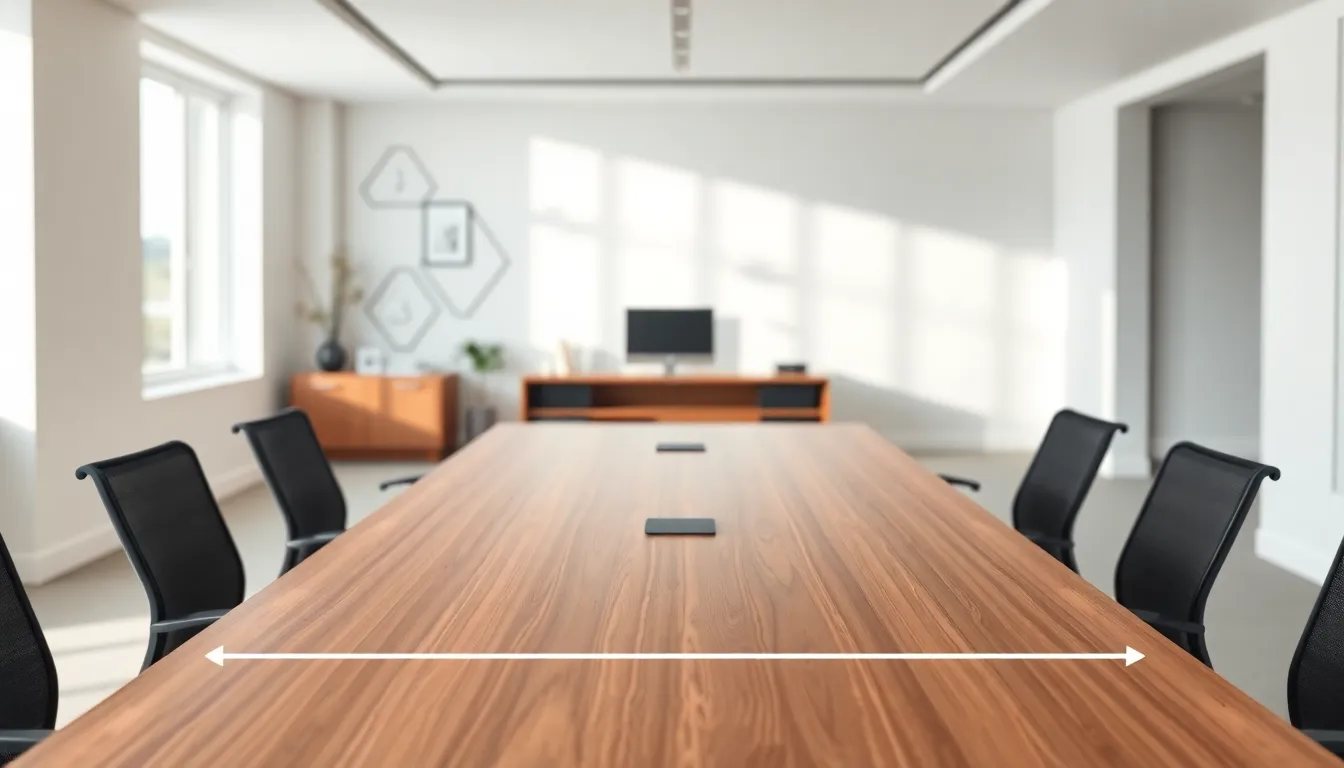Table of Contents
ToggleConfused about the dimensions 41.62×24? You’re not alone. This enigmatic number might sound like a secret code for a super high-tech gadget, but it’s actually crucial for various applications in design and construction. Whether you’re a DIY enthusiast or a professional in the field, understanding this measurement can save you from future headaches. After all, nobody wants to deal with the drama of poorly directed projects. So, let’s jump into the world of 41.62×24 and unravel what makes it so significant in the realm of design.
41.62×24

Dimensions and Measurements
The measurement 41.62×24 primarily refers to dimensions, often used in contexts such as furniture, screen sizes, or architectural elements. To break it down, 41.62 inches refers to the longer side, while 24 inches denotes the shorter. This specific ratio provides a balanced aesthetic, making it a popular choice among designers. Whether in tables, wall art, or even TVs, this particular size catches the eye for its harmonious proportions.
Common Uses and Applications
Now, where does one encounter these dimensions? They are prevalent in a variety of applications ranging from manufacturing to interior design. For instance, a tabletop might boast these dimensions, offering optimal space without overwhelming a room. In digital screens, these proportions often translate to an ideal resolution, making it a popular choice for monitors. Also, 41.62×24 can easily fit into various spaces, making it versatile enough for both commercial and residential needs.
Why Precision Matters
Impacts on Design and Functionality
Precision is paramount in any design try, especially when working with specific dimensions like 41.62×24. Even a slight miscalculation can lead to significant issues: for example, a desk that’s a few inches off might not fit comfortably in an office. Also, ensuring the right fit enhances not only the functionality but also the overall aesthetic appeal. When creating visual harmony in a space, dimensions serve as the backbone, guiding scaling and placement.
Best Practices for Measurement and Construction
Tools for Accurate Measurement
When it comes to achieving accuracy with measurements like 41.62×24, having the right tools is a game-changer. A reliable tape measure or a digital measurement device ensures that dimensions are recorded meticulously. For those who like tech, laser measuring tools can provide quick results: they allow for adjustments in real-time, making the measuring process efficient and error-free.
Tips for Getting the Right Fit
Once the tools are sorted, it’s beneficial to follow certain best practices. First, always measure twice before cutting once, it’s an age-old adage that still holds true. Also, consider the context: factors such as wall space, surrounding furniture, and the overall design vision are critical to making sure the piece will not only fit but also enhance the space. Don’t hesitate to use templates or mock-ups, especially when designing custom pieces that need to adhere to specific dimensions such as 41.62×24.




